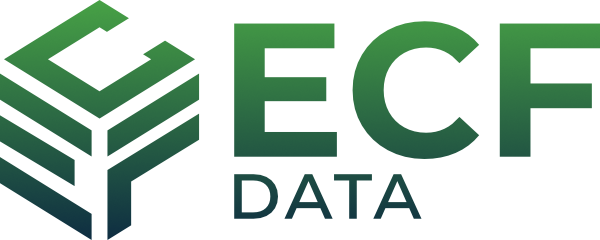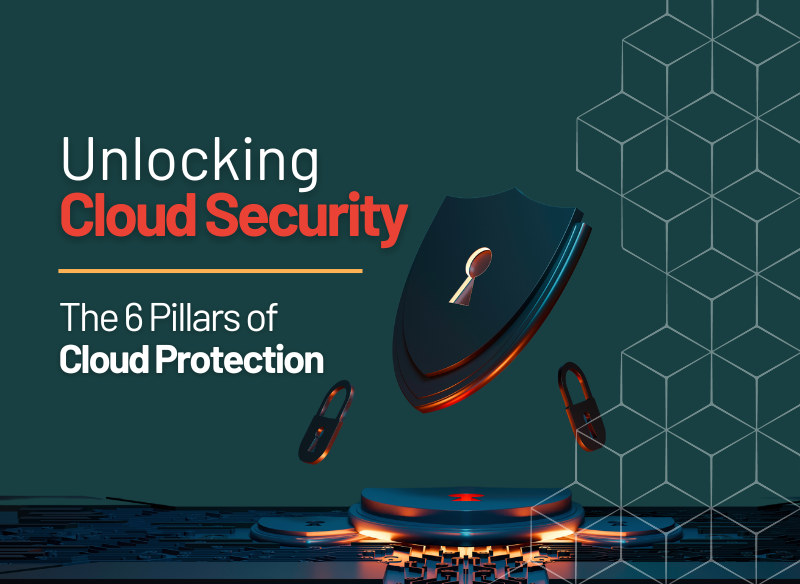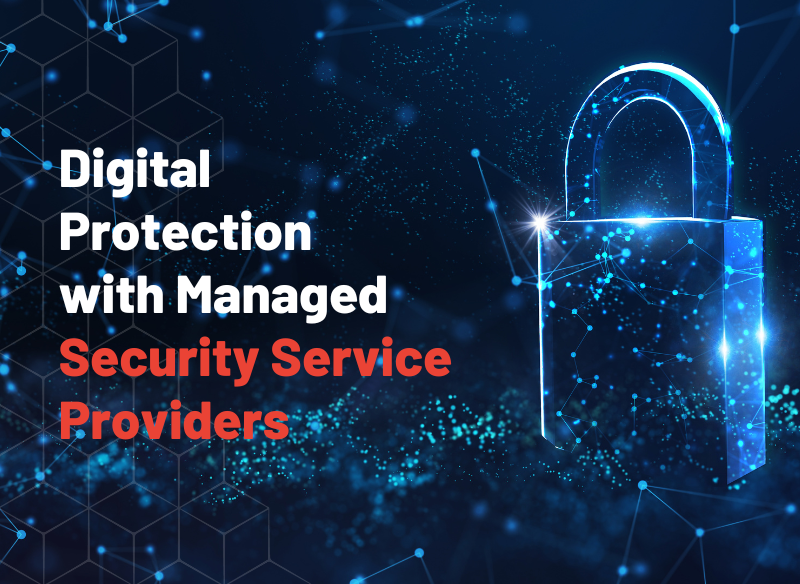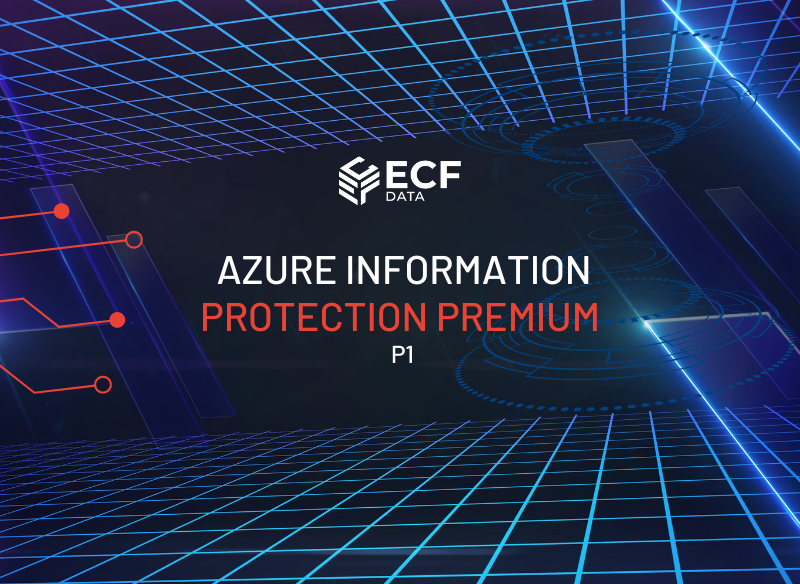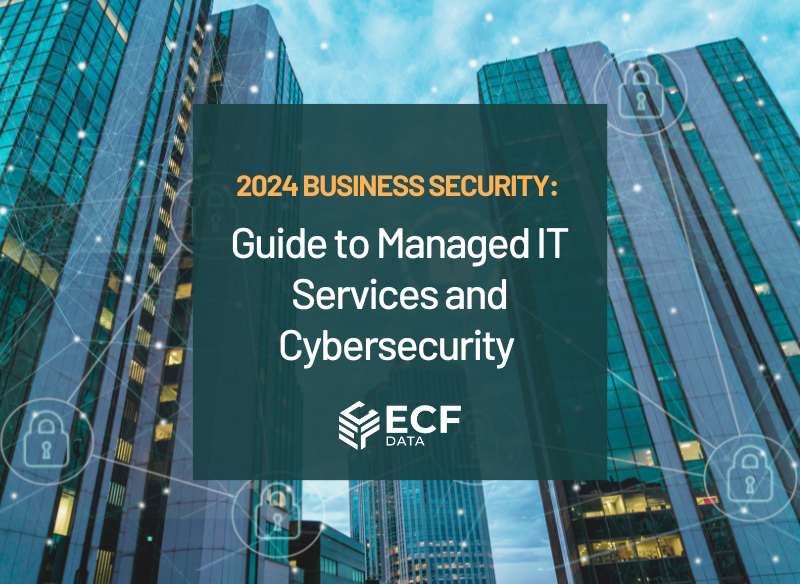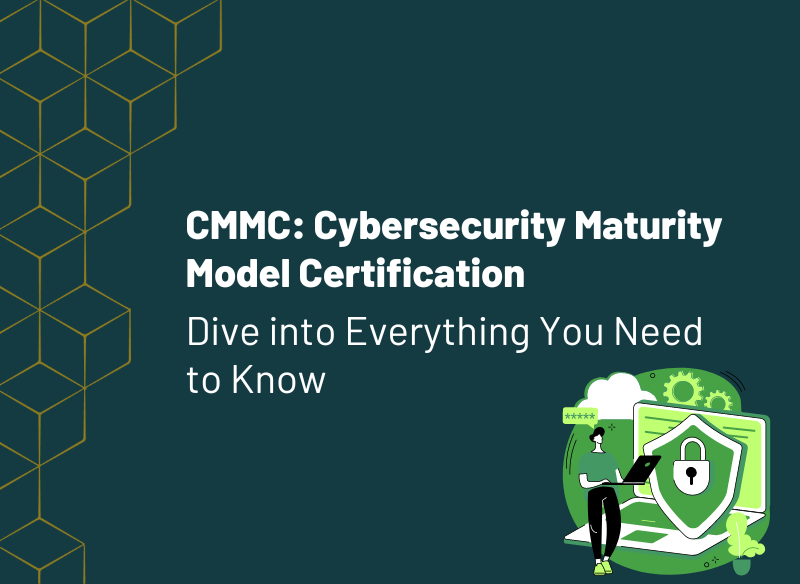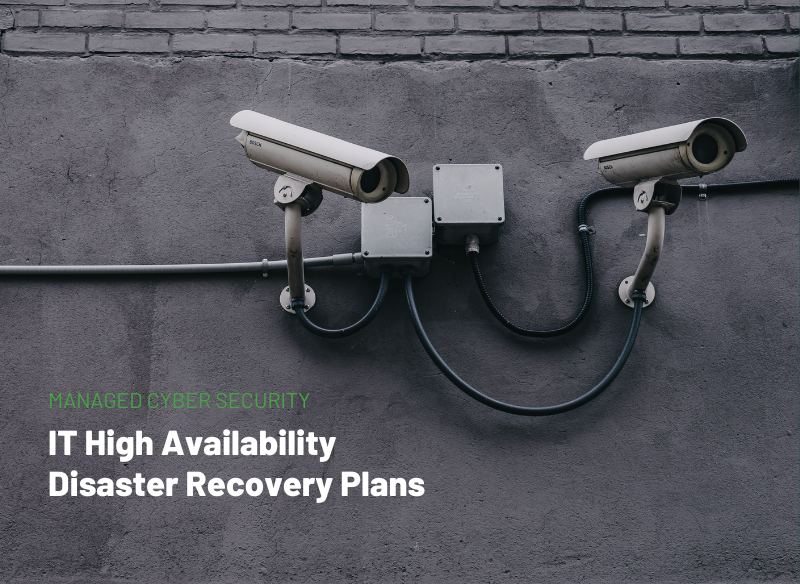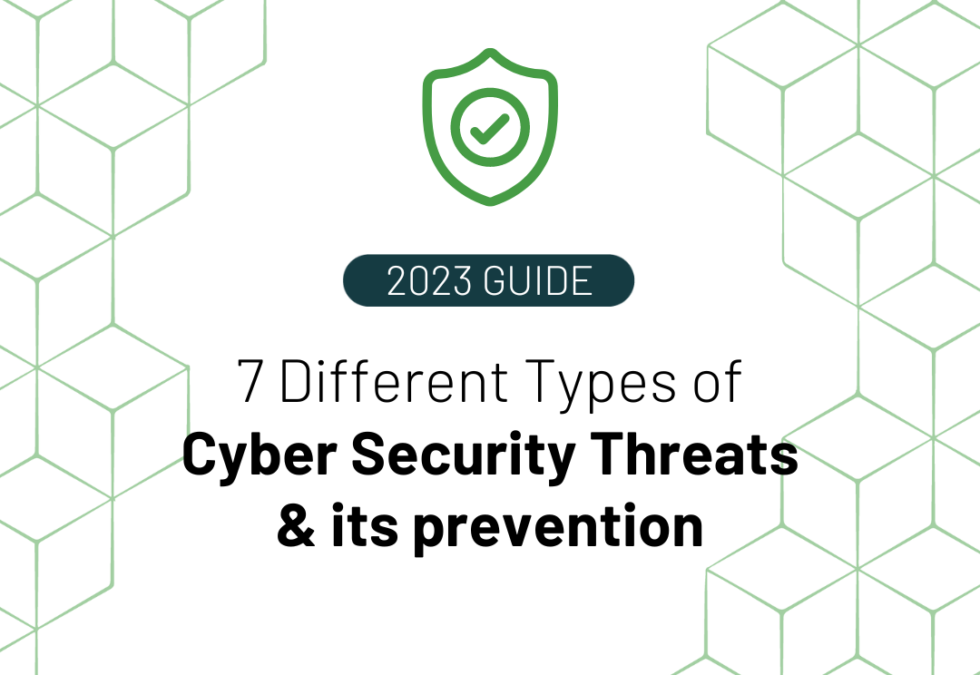-
By: Kanika Vishwakarma
- Cyber Security
- December 20, 2023
- Comments 0
Unlocking Cloud Security: The 6 Pillars of Cloud Protection
Recent reports show that 95% of businesses hold substantial worries about the security of their public clouds. These concerns range from moderate to extreme levels of apprehension. Cloud security involves various rules, ways of doing things, tools, and technologies. Its main goal is to protect users, important data, apps, and the whole setup in cloud computing.
In this blog, we’ll discuss the problems with cloud security and ways to handle them. Learn about the best practices as well and how important it is to keep your digital stuff safe.
Why is Cloud Security Important?
The way we work is changing, with people and data spread out more. The old ways of networking were made for a different setup, which now slows things down and makes them less secure. To fix issues with security, productivity, and user satisfaction, businesses need to rethink how they secure their infrastructure.
Special cloud security solutions are important. They should focus on the unique challenges of cloud setup.
How Does Cloud Security Work?
Cloud security depends on the strength of its weakest part, stressing the importance of smoothly integrating technology for data and application safety. This means using tools like firewalls, identity and access management (IAM), segmentation, and encryption.
Cloud security is unlike the old way of securing things around the perimeter. Instead, it concentrates on securing each resource and piece of data. This involves using strong security tools like cloud security posture management (CSPM), data protection, data security, disaster recovery, and compliance tools.
Cloud environments, a mix of public clouds and private data centers, face various security threats from both inside and outside. These threats might harm the confidentiality, integrity, and availability of data and resources in the cloud.
To tackle this, it’s crucial to use access controls, MFA, data protection, encryption, and configuration management. Implementing these strategies is essential to ensure both accessibility and security.
What are the Benefits of Cloud Security?
A thorough cloud security platform offers:
- Cloud access now includes integrated security services and controls. They enable you to observe all data flowing through your extensive cloud and on-site setup.
- Quick access to details about each request—from users, locations, servers, and devices worldwide—through a single interface.
- Connecting with APIs for SD-WAN, cloud access security broker (CASB), IAM, and endpoint protection services improves your overall security position.
Explore the Top 7 Advanced Challenges in Cloud Security
Businesses that leverage cloud computing encounter various complex security challenges, including:
- Protecting sensitive data and intellectual property from unauthorized access.
- Ensuring compliance with industry rules.
- Managing and securing multi-cloud or hybrid setups.
- Securing access to cloud resources and apps.
- Detecting and responding fast to security issues.
- Effectively overseeing cloud infrastructure and services.
- Ensuring the security of third-party software in the cloud.
- Keeping data safe during transit and storage.
- Providing secure access for remote workers and devices.
- Managing and securing containers and no-server function
Six Pillars of Cloud Security
Security is a shared responsibility
In the cloud, users and providers both have a role in security. Users take care of their data and access, and providers make sure the infrastructure and platform are secure.
This shared responsibility model lets businesses choose their security level and still get protection from common threats. Working together, users and providers make sure data in the cloud stays safe and secure.
Identity and Access Management (IAM)
Identity and access management (IAM) is crucial for business security, especially when moving to cloud-based operations. IAM tools help control who can access data and systems, playing a vital role in keeping sensitive information safe from unauthorized individuals.
Picking the right IAM solution for your organization might be tough with many options available. However, concentrating on important factors can help narrow down the choices.
Choose between on-site or cloud solutions. On-site options cost more and are harder to set up, but they provide better security control. Cloud options are usually cheaper and easier to use, but their security might not be as strong as on-site solutions.
Data privacy and security
Businesses value data security and privacy in cloud computing. Despite the benefits of the cloud, concerns about security and privacy can make some organizations hesitant. Here are tips to ensure data security and privacy in the cloud:
- Encrypt your data before sending it to the cloud.
- Use a secure connection (HTTPS) when accessing cloud data.
- Only allow necessary individuals to access cloud data.
- Pick a trustworthy and secure cloud provider.
- Stay updated on security threats and vulnerabilities.
- Keep an eye on activities in the cloud.
- Have a plan for responding to incidents.
Infrastructure security
As businesses move more activities to the cloud, they face new security challenges. While the cloud offers flexibility and cost savings, it also introduces new risks. Here are some tips to improve the security of your cloud infrastructure:
- Use multiple layers of security.
- Keep your systems updated with the latest security patches.
- Implement strong access control measures.
- Consistently monitor your systems for signs of intrusion.
- Regularly back up and securely store your data.
By following these, you can contribute to securing your business’s cloud-based infrastructure against modern threats.
Application Security
As more businesses use cloud computing, they store data off-site. While this has benefits like flexibility and cost savings, it also raises new security concerns. Here are tips to keep your data safe in the cloud:
- Encrypt your data before sending it to the cloud.
- Choose a trustworthy and well-established cloud service provider.
- Utilize the security features offered by your selected MSP.
- Keep your software up to date.
- Create strong passwords for all your accounts.
Security monitoring ang logging
Keeping information secure is vital for organizations dealing with data. This involves using secure methods in cloud-based solutions. In a full security plan for the cloud, monitoring and logging are crucial.
Security monitoring uses tools and processes to identify and respond to security threats. It includes both active and passive measures like defense systems and intrusion detection. Also, it involves proactive steps like conducting regular vulnerability scans.
Logging is about keeping records of events in a system. In security, logs help track suspicious activities, monitor unusual patterns, and investigate incidents later on. A well-organized logging system is crucial for identifying and dealing with security threats. It provides valuable insights into how a cloud system operates.
When the elements of cloud security are set up correctly, they build a strong foundation for protecting a business’s data and systems. This applies to the cloud, a mix of cloud types, or any third-party cloud. However, it’s essential to remember that no security system is perfect. Being ready for the possibility of a breach is always important.
Discover the Top Best Practices for Cloud Security
Monitor and review network activity consistently
Regularly checking and analyzing network traffic helps identify and stop unauthorized access or malicious actions. For instance, you can watch for unusual or suspicious activities such as strange traffic patterns or failed login attempts.
Ensure that all software and systems are current
Updating all software and systems with the latest security patches helps avoid the exploitation of known vulnerabilities. This includes operating systems, applications, and security software.
Apply encryption to all data stored in the cloud
Encrypting data, whether it’s stored or in transit, helps secure it from unauthorized access or disclosure. This includes encrypting data on servers, in databases, backups, and during transmission over networks.
Use MFA.
MFA boosts security by asking users for multiple types of identification before they can access cloud resources. This might involve something the user knows. Examples of such are passwords, security tokens or mobile devices, or biometric information.
Conduct regular security audits and assessments for vulnerabilities.
Regularly conducting security audits and vulnerability assessments can help find and resolve possible security issues. This involves assessments from both internal and external perspectives.
Select a cloud service provider with good security and valid compliance certifications history.
Pick an MSP with a solid security history and certifications like SOC 2 or ISO 27001. This ensures the provider follows top-notch industry practices and standards to secure your data.
Establish a disaster recovery plan
Having a disaster recovery plan can lessen the impact of a security breach or other disruptions. This involves data and system restoration plans, along with communication plans for investors.
Check access to confidential info
Limit access to sensitive data to those who require it. Follow a least-privilege approach by providing only the minimum access needed for a specific task.
Streamlining Cloud Computing: Your Gateway to Simplicity with ECF Data
ECF Data caters to businesses that operate via private, public, or hybrid cloud services. If you rely on a suite of Software as a Service (SaaS) applications, we’ve got you covered with tailored solutions to protect your assets. We aim to shield your business assets, apps, and data by proactively stopping even the most complex cyber threats.
If you’re looking for products, solutions, and expert services to strengthen your cloud security infrastructure, ECF Data can help you. Contact us today to learn more about our solutions and experience our top-notch threat prevention capabilities. We’re dedicated to securing your cloud environment and ready to support you throughout the process.
